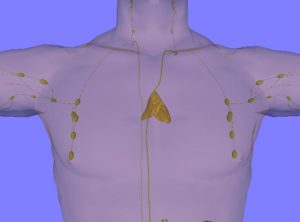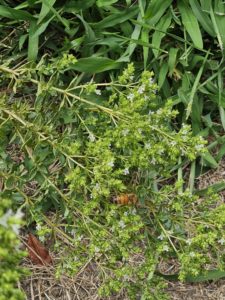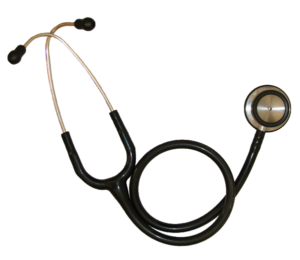
It turns out that a body part considered unimportant, and that frequently gets removed during operations - is actually important for adult health. This body part is the thymus. The thymus is frequently (routinely) removed during heart surgery for easier access to the heart and major blood vessels.
The thymus is an organ of the immune system within which T cells mature. For years the medical community regarded the thymus as only important before birth and during childhood, but "nonfunctional" in adults. A recent large study found that this view is wrong - that even in adults the thymus is important for immune and overall health.
Massachusetts General Hospital researchers found that after 5 years a higher risk of death from any cause (all cause mortality), cancer, and even autoimmune diseases among those who had thymus removal (thymectomy) versus those who had similar heart (cardiothoracic) surgery without thymus removal.
In other words, we need all our body parts! Even if the medical community doesn't quite understand (at this time) why we have them.
Excerpts from Medical Xpress: Study reveals unexpected importance of the thymus in adults
The thymus gland—which produces immune T cells before birth and during childhood— is often regarded as nonfunctional in adults, and it's sometimes removed during cardiac surgery for easier access to the heart and major blood vessels. ...continue reading "It Turns Out That The Thymus Is Important For Adult Health"

 Great news for people who don't have the time or the desire to engage in exercise routines, gym visits, or sports. A recent large study found that several very short bursts of physical activity (each less than a minute or two) during the day are beneficial to health. They lower cancer risk!
Great news for people who don't have the time or the desire to engage in exercise routines, gym visits, or sports. A recent large study found that several very short bursts of physical activity (each less than a minute or two) during the day are beneficial to health. They lower cancer risk!



 This summer has been hot, really hot, and the heat seems to be never-ending. Phoenix Arizona hit 118 degrees F on Saturday, which was the 23rd straight day of over 110 degrees F temperature! This raises the question: What is too hot for humans to tolerate?
This summer has been hot, really hot, and the heat seems to be never-ending. Phoenix Arizona hit 118 degrees F on Saturday, which was the 23rd straight day of over 110 degrees F temperature! This raises the question: What is too hot for humans to tolerate? Most of the foods and drinks for sale at store checkout lanes are unhealthy. This includes supermarkets, grocery stores, dollar stores, drugstores, and specialty food stores. This shouldn't be a surprise to anyone.
Most of the foods and drinks for sale at store checkout lanes are unhealthy. This includes supermarkets, grocery stores, dollar stores, drugstores, and specialty food stores. This shouldn't be a surprise to anyone. Ever wonder what bacteria are living on your kitchen surfaces, including sponges? It turns out that even with different hygiene, dietary habits, and cooking practices, there is a core group of bacteria that are common to all kitchen surfaces (core microbiota). At least this was true for residential kitchens in 5 European countries.
Ever wonder what bacteria are living on your kitchen surfaces, including sponges? It turns out that even with different hygiene, dietary habits, and cooking practices, there is a core group of bacteria that are common to all kitchen surfaces (core microbiota). At least this was true for residential kitchens in 5 European countries. Recent research found that flare-ups of the disease lupus involves microbial changes in the gut microbiome. The gut microbiome is the community of microbes (fungi, bacteria, viruses) living in the small intestine.
Recent research found that flare-ups of the disease lupus involves microbial changes in the gut microbiome. The gut microbiome is the community of microbes (fungi, bacteria, viruses) living in the small intestine.